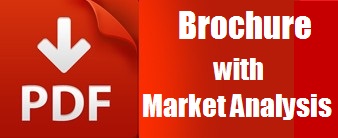
Impacts of Urban Planning and Regulations on the Air Quality and Sustainable Development of Metropolitan Cities
University of Southern California, USA
Title: Impacts of Urban Planning and Regulations on the Air Quality and Sustainable Development of Metropolitan Cities
Biography
Abstract
Transportation-related emissions are of particular concern in large metropolitan areas as they are associated with adverse health outcomes. Therefore, mitigation strategies and accurate assessment of these emissions are essential in improving the air quality and understanding the effectiveness of regulations. To this end, extensive measurements were carried out in different micro-environments in the megalopolis of Los Angeles (LA). On-road measurements of fine-particulate matter (PM2.5) at three major roadways in LA (i.e. on two major freeways and surface streets) indicated substantially higher levels of carcinogenic including polycyclic aromatic hydrocarbons (PAHs) and redox active metals on freeways in comparison to surface streets. The observed PM2.5-induced toxicity on freeways was 2 times higher than surface streets. However, comparison with previous studies in the past decade in LA suggested an overall reduction in the contribution of carbonaceous species to PM mass, indicating the effectiveness of targeted vehicle emissions control policies implemented in recent years in the state of California. In contrast, greater contributions of certain groups of metals and trace elements that are indicators of non-tailpipe (e.g. brake and tire wear) emissions to both PM mass and toxicity over the years provided evidence on the increasing importance of non-tailpipe emissions which are largely unregulated, as vehicular exhaust becomes cleaner. An extensive sampling campaign in two lines of the LA Metro system indicated that PAHs concentration were about 4 times higher on freeways than both Metro systems resulting in 3.8-fold higher lung cancer risk due to exposure to carcinogens based on a commuter lifetime. Additionally, studies conducted in the Port of Long Beach demonstrated that quasi-ultrafine particles (PM0.25) concentration and its chemical constituents have decreased as the result of stringent regulations during the past decade. In another study conducted in the metropolitan area of Milan, Italy, we demonstrated that developing pedestrian zones in the city center is also effective in drastically reducing exposure to carcinogens emitted by traffic, signifying that in addition to mitigation strategies, developing alternative transportation means and urban planning are essential in improving the air quality for a sustainable city.

